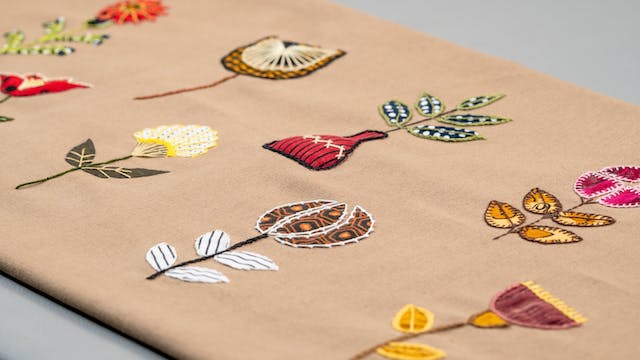The Art of Embroidery: Stitching Stories, Creating Masterpieces
Embroidery, a timeless craft that transcends generations, has woven its way into the fabric of human history, leaving behind a rich tapestry of tradition, culture, and personal expression. From delicate stitches on heirloom linens to bold designs adorning contemporary fashion, embroidery is an art form that continues to captivate and inspire.embroidered In this blog, we delve into the intricate world of embroidery, exploring its history, techniques, and the enduring allure that makes it a cherished craft across the globe.
The Historical Thread: Embroidery is an ancient art, dating back thousands of years. Its origins can be traced to different cultures, from the elaborate silk threads of China to the colorful threads of India’s vibrant textiles. In medieval Europe, skilled artisans adorned royal garments with gold and silver threads, creating garments that were not just clothing but expressions of power and wealth. As time passed, embroidery became a symbol of status, often used to tell stories or convey religious messages through intricate needlework.The Artistry of Technique: Embroidery is a versatile craft that encompasses a variety of techniques, each with its own charm and complexity. Some of the most popular embroidery techniques include:
Cross-Stitch: A simple yet striking technique where X-shaped stitches create a grid-like pattern. Cross-stitch is often used for creating detailed designs and is popular in creating decorative pieces.Crewel Embroidery: Characterized by the use of wool threads on a linen or cotton fabric, crewel embroidery often features elaborate, flowing designs. This technique has a rich history, particularly in 17th-century England.Embroidery Appliqué: This involves attaching pieces of fabric onto a base fabric and then embellishing them with embroidery stitches. It allows for a mix of textures and colors, creating visually appealing and three-dimensional designs.Sashiko: Hailing from Japan, sashiko is a form of decorative reinforcement stitching. Originally used to strengthen and repair fabric, it has evolved into an intricate and beautiful art form in its own right.
Modern Expression: While embroidery has deep roots in tradition, it has seamlessly adapted to modern times. Contemporary artists and designers are pushing the boundaries, using embroidery to convey personal narratives, make political statements, and redefine fashion. From embroidered denim jackets to intricate wall art, the possibilities are endless.The Therapeutic Stitch: Beyond its aesthetic appeal, embroidery offers a therapeutic outlet for creativity and mindfulness. Many practitioners find solace in the rhythmic motion of the needle and the meditative quality of the craft. As a form of self-expression, embroidery allows individuals to tell their stories through the stitches, creating tangible representations of emotions and experiences.